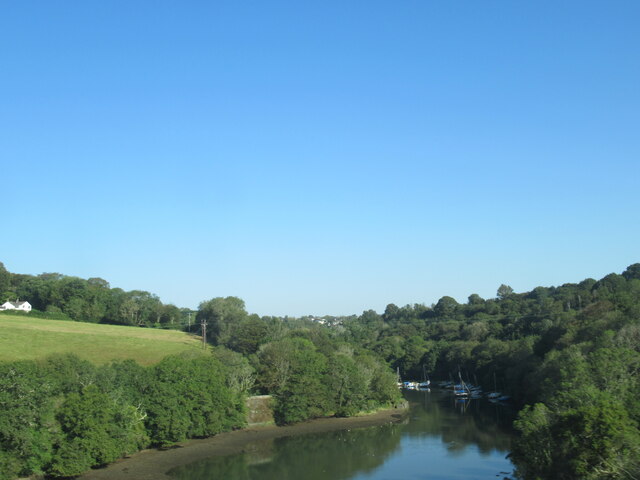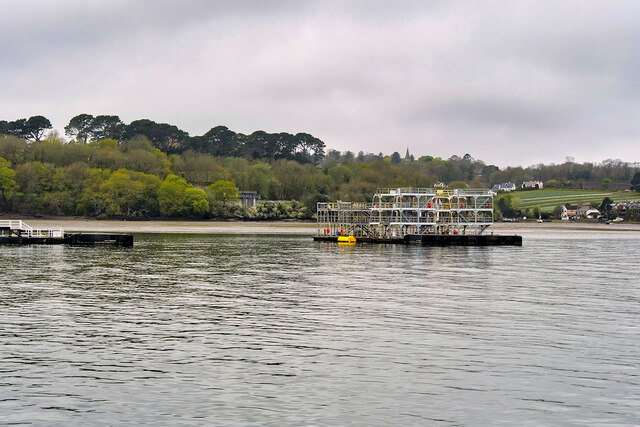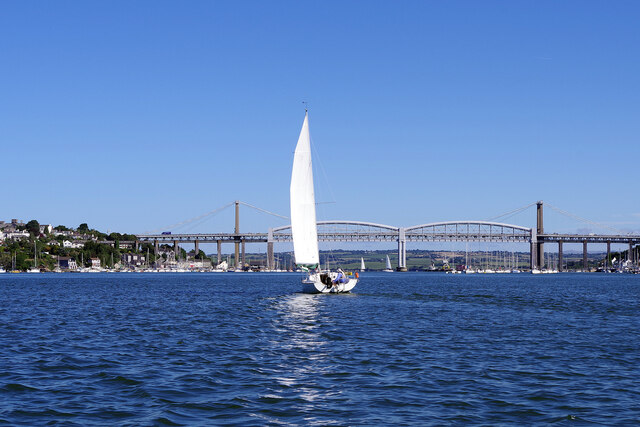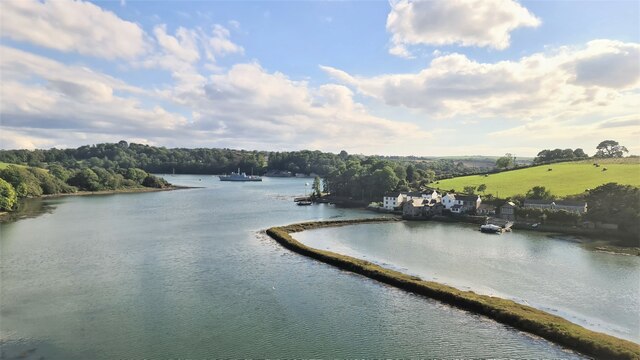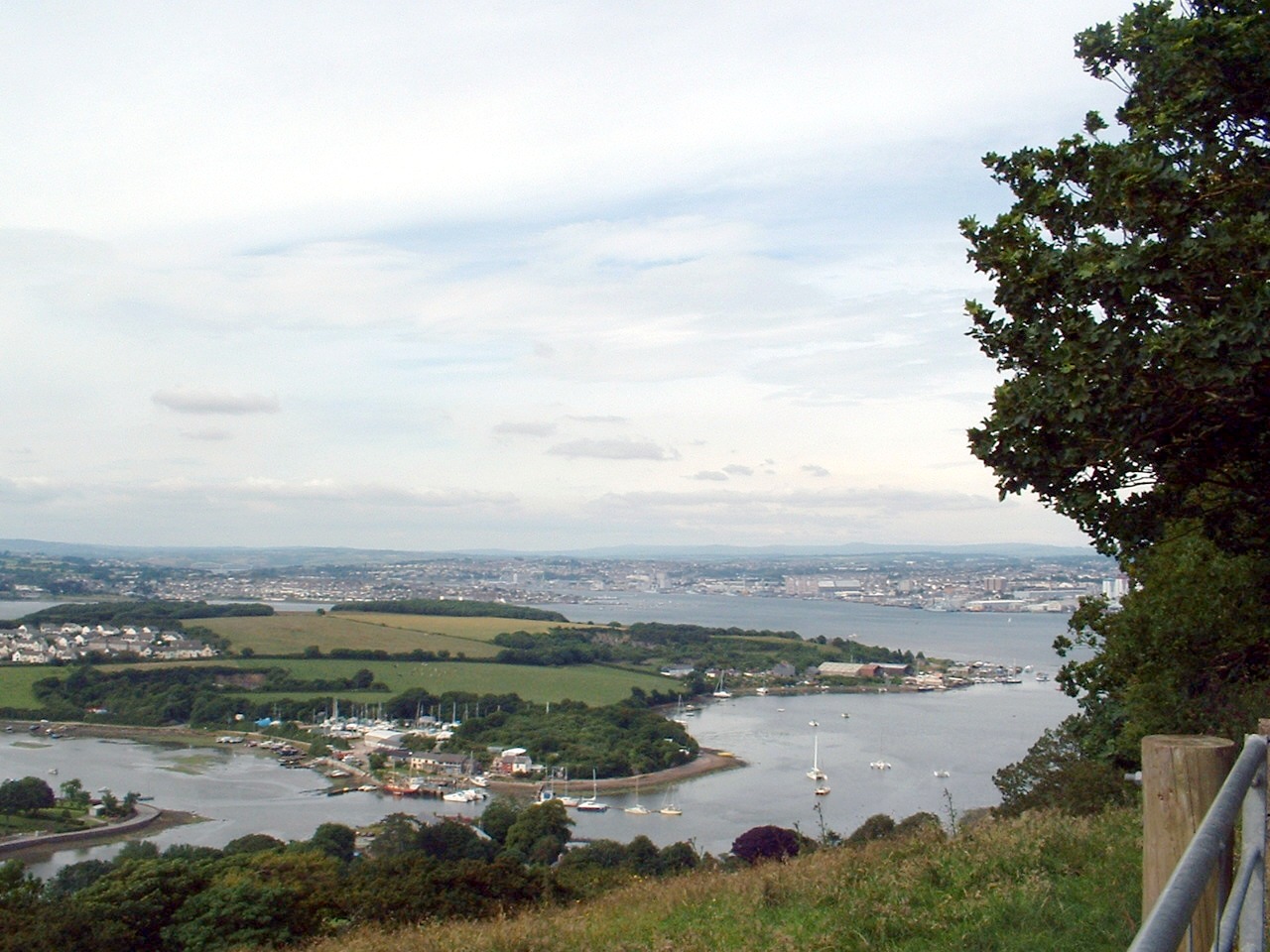Beggar's Island
Island in Cornwall
England
Beggar's Island
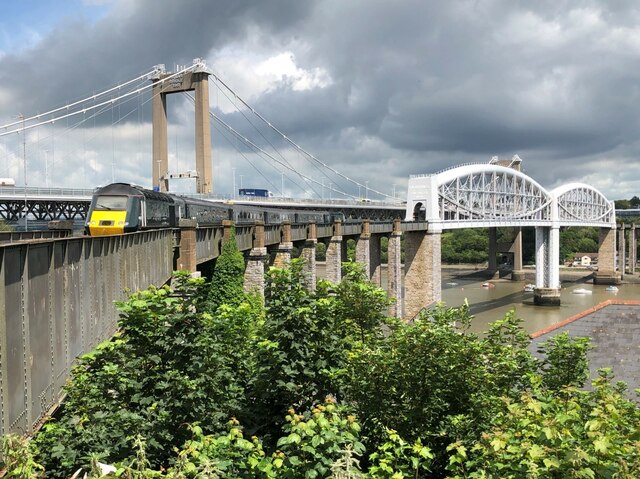
Beggar's Island is a small, uninhabited island located off the coast of Cornwall, England. The island is known for its rugged, rocky terrain and stunning views of the surrounding ocean. It is accessible only by boat, making it a secluded and peaceful destination for those looking to escape the hustle and bustle of everyday life.
Despite its name, Beggar's Island is not actually inhabited by beggars. The origin of the name is unclear, but some speculate that it may have been named after a shipwrecked sailor who was stranded on the island and had to beg for food and supplies from passing ships.
The island is home to a variety of wildlife, including seabirds, seals, and other marine life. Visitors to Beggar's Island can enjoy hiking along the rugged coastline, exploring the tidal pools, and taking in the breathtaking views of the ocean.
Overall, Beggar's Island is a hidden gem in Cornwall, offering a peaceful and remote escape for nature lovers and adventure seekers alike.
If you have any feedback on the listing, please let us know in the comments section below.
Beggar's Island Images
Images are sourced within 2km of 50.393495/-4.2185563 or Grid Reference SX4257. Thanks to Geograph Open Source API. All images are credited.





Beggar's Island is located at Grid Ref: SX4257 (Lat: 50.393495, Lng: -4.2185563)
Unitary Authority: Cornwall
Police Authority: Devon and Cornwall
What 3 Words
///skyrocket.blend.hills. Near Saltash, Cornwall
Nearby Locations
Related Wikis
Hamoaze
The Hamoaze (; Cornish pronunciation: [ˈhɒmøz]) is an estuarine stretch of the English tidal River Tamar, between its confluence with the River Lynher...
Churchtown Farm
Churchtown Farm is a community nature reserve one mile south of Saltash, Cornwall, England. It is leased from Antony Estate and managed by Cornwall Wildlife...
Antony Passage
Antony Passage is a hamlet in south-east Cornwall, England, UK. It stands beside the tidal section of the River Lynher (a tributary of the River Tamar...
Saltash Community School
Saltash Community School is a mixed 11 to 18 academy school established in its present form in 1965, in Saltash, Cornwall, England. The school was previously...
Nearby Amenities
Located within 500m of 50.393495,-4.2185563Have you been to Beggar's Island?
Leave your review of Beggar's Island below (or comments, questions and feedback).


